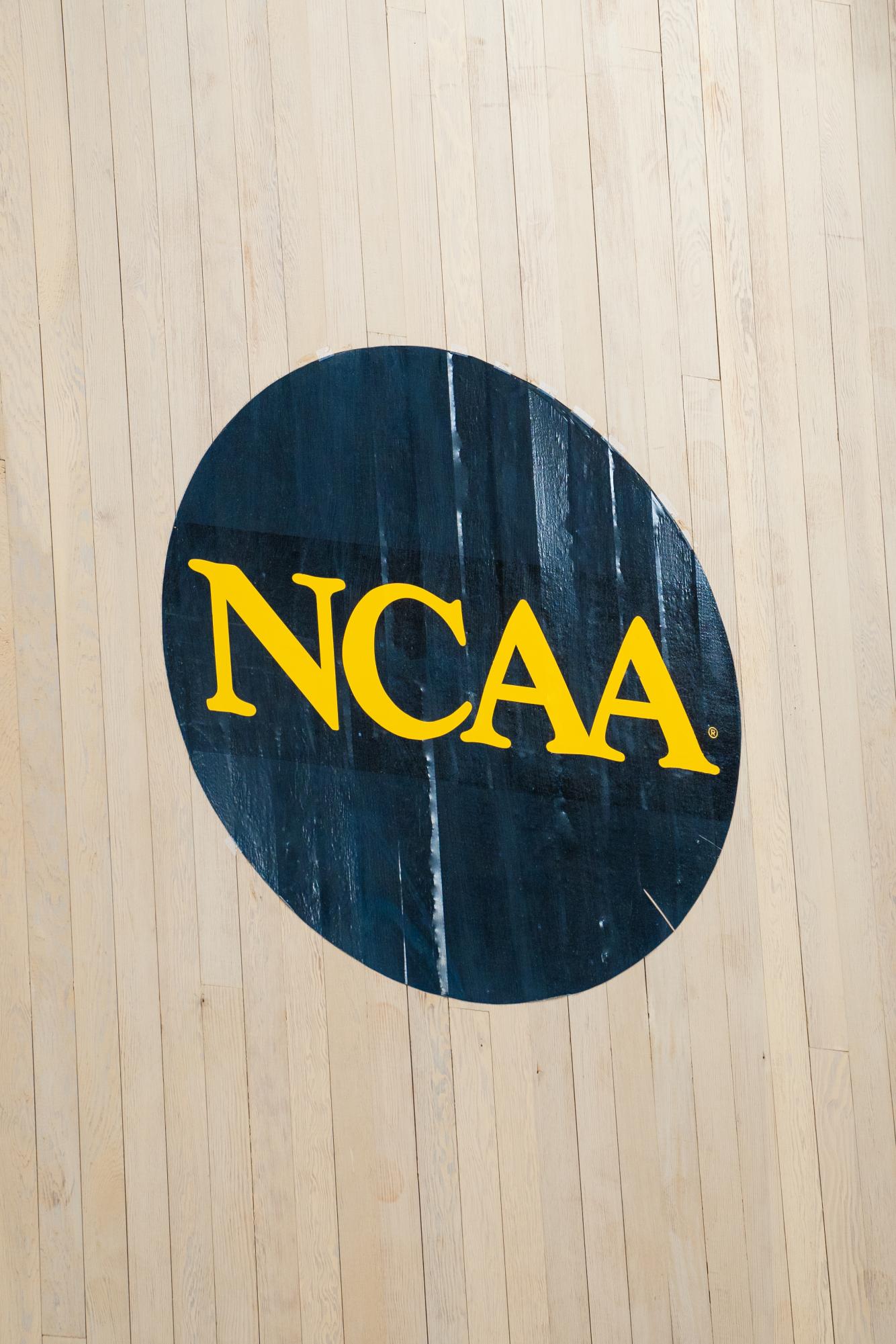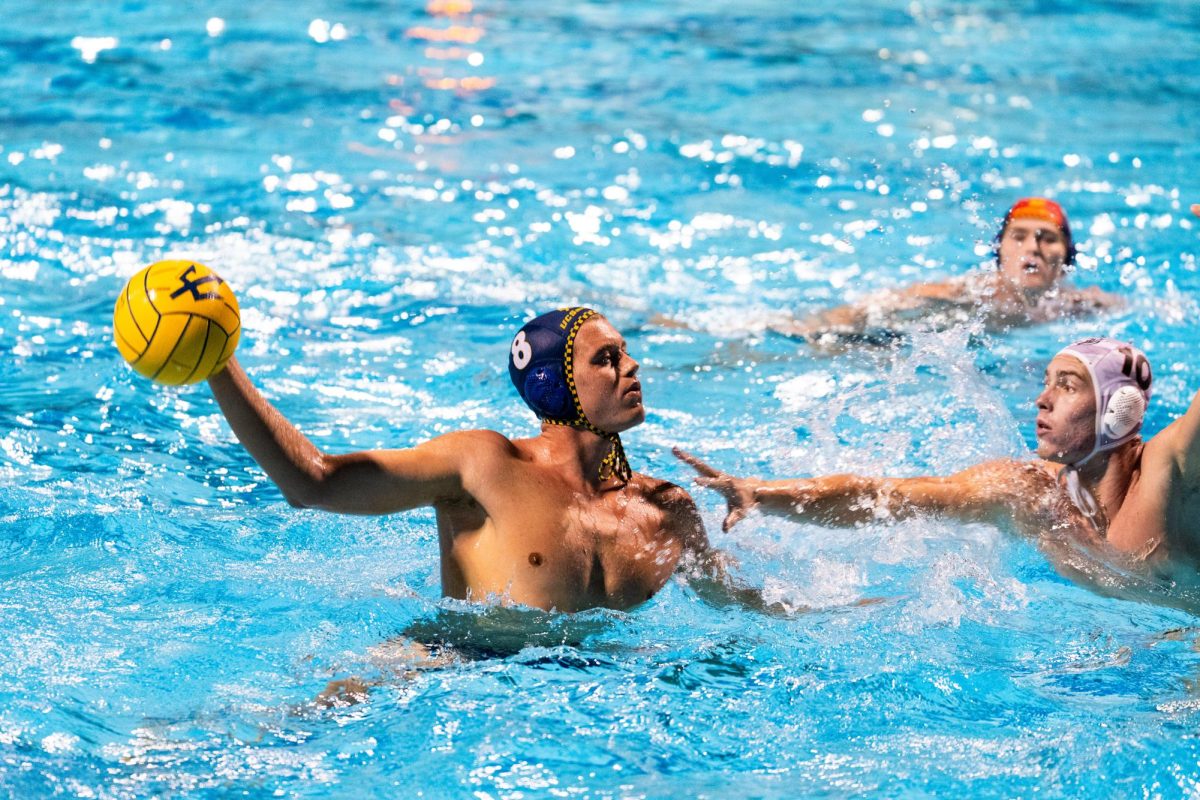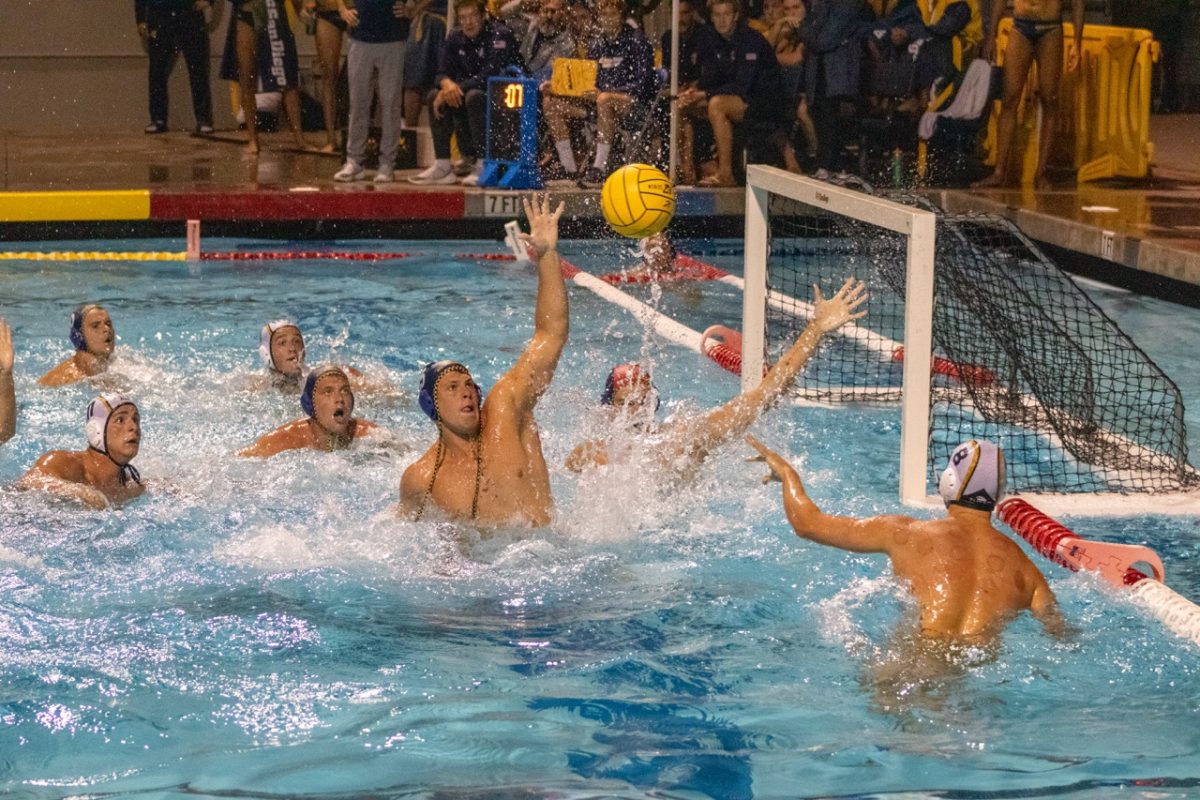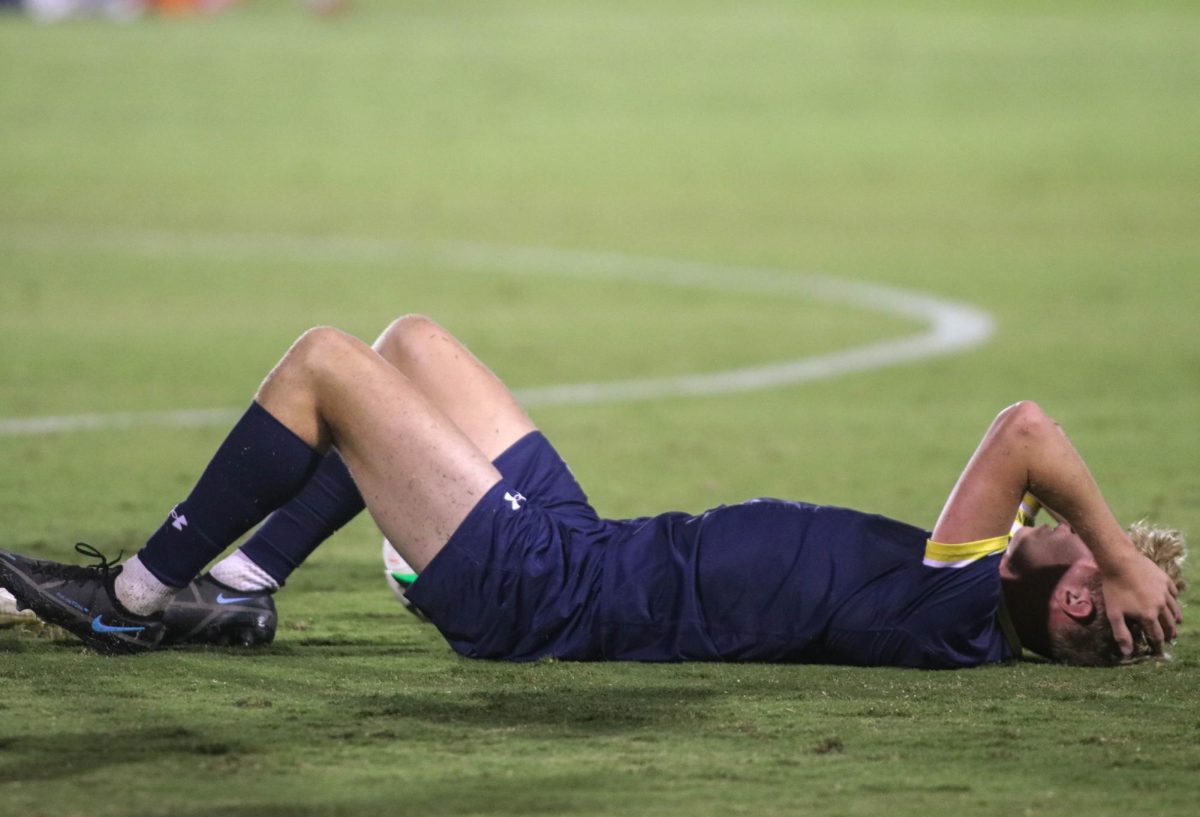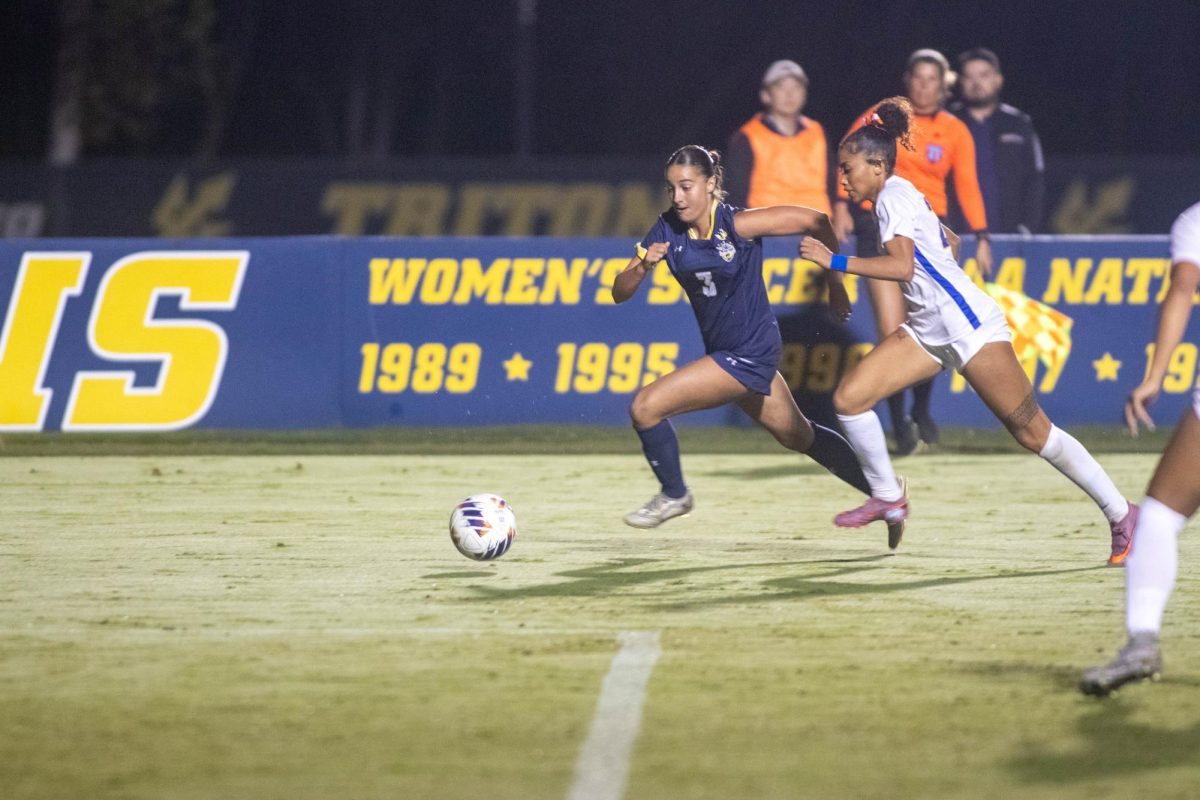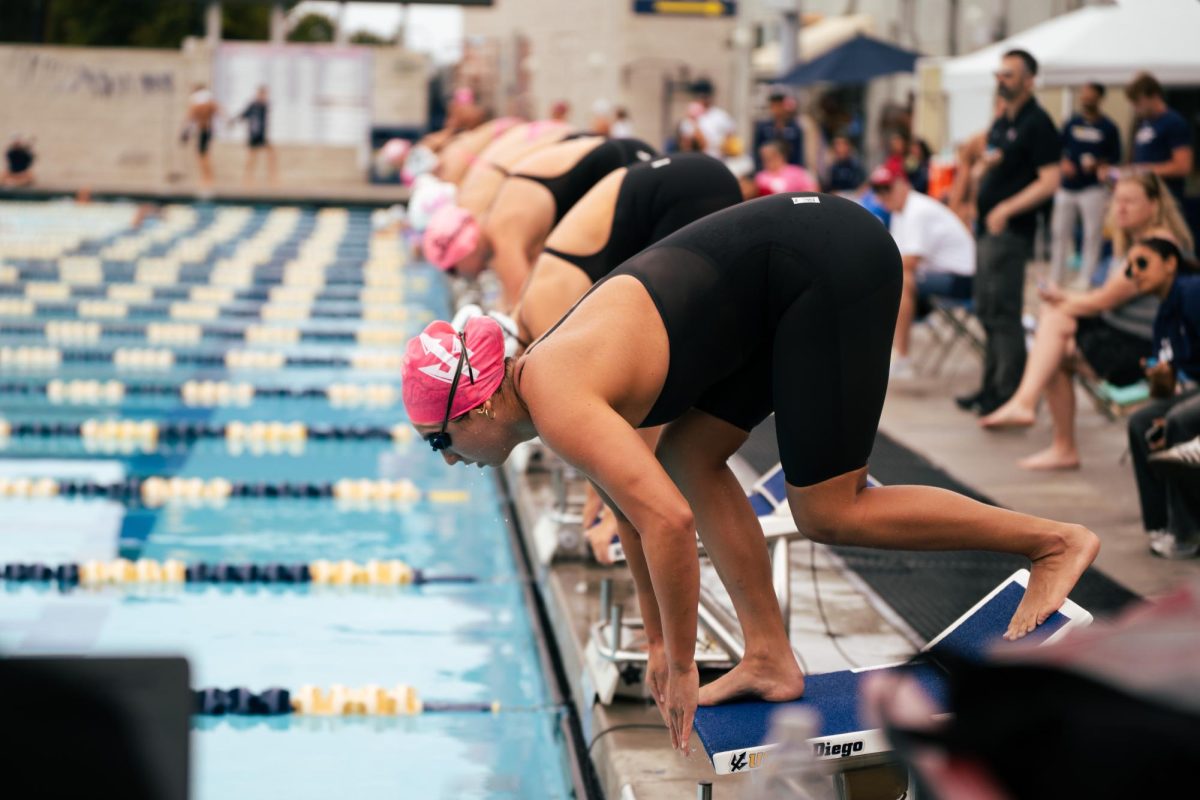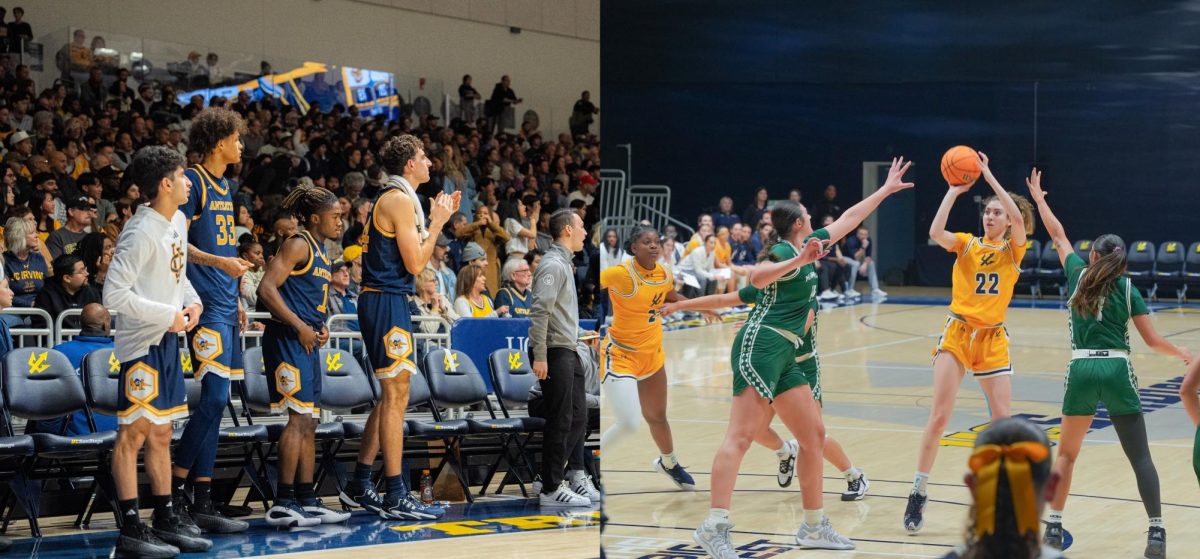For a system purportedly based on amateurism, college athletics is becoming remarkably professional.
On May 23, the NCAA and the “Power 5 conferences” (the SEC, Big Ten, Big 12, ACC, and Pac-12) reached a settlement with former athletes to resolve three pending class-action lawsuits, House v. NCAA, Hubbard v. NCAA, and Carter v. NCAA. As a result, the NCAA will reportedly pay over $2.75 billion in damages over the next decade; former athletes will be compensated for money they could have made under current name, image, and likeness rules. According to a letter sent to NCAA members by NCAA president Charlie Baker, the settlement prevented a “financially devastating” loss at trial. While there are still several legal hurdles to clear before terms are finalized, the NCAA is set to foot a colossal bill worth over double its $1.3 billion in revenue last year.
Yet it is the structural terms of the proposed settlement that — if ultimately agreed upon — will have the greatest impact on college athletics. In a decision that would have been unthinkable a mere five years ago, Power 5 schools will be able to share athletics revenue with student-athletes. Up to 22% of these budgets (estimated to be over $20 million) can be allocated to any athlete in any sport to the school’s discretion. You read that right: college athletes will be directly paid by their universities.
This structure is far from final. For example, the settlement would also remove scholarship caps, a move that would also likely eradicate walk-on spots at top-tier programs. There is also no mention of Title IX, which requires athletics programs to treat men’s and women’s sports equally — financially and otherwise. It seems to favor the Power 5 conferences, much to the chagrin of smaller schools who feel unfairly burdened.
Never mind the fact that the “Power 5” is now the “Power 4” (R.I.P. Pac-12) and is soon to be the “Power 3” (you’re next, ACC). Never mind that the new payment structure will inevitably favor football and occasionally men’s basketball over all other sports (as the NCAA does already). The most remarkable part of the proposed system is that it has Ted Cruz calling for federal intervention. Yes, that Ted Cruz.
So how did we get to the point where Republicans are calling for larger government? Ironically, the story starts in the Supreme Court. In 2021, the Court unanimously ruled that the NCAA’s restrictions on athlete compensation violated U.S. antitrust law. As a result, college athletes were eligible to receive NIL compensation; this includes money from brand sponsorships and social media, but also stipends from NIL collectives — groups of deep-pocketed alumni and well-endowed boosters who hope to recruit athletes to their programs. Simultaneous changes to transfer rules meant recruiting was no longer restricted to high school seniors, but to players on opposing teams.
That brings us to House v. NCAA. The case argues that athletes who graduated before 2021 were owed damages for what they could have earned had the current NIL framework been in place while they were playing. Similar arguments were made in the Hubbard and Carter cases regarding specific aspects of the athlete compensation structure — which is why all three cases will be resolved if the settlement is finalized.
Even with House resolved, the NCAA’s legal troubles are far from over. The next issue? Student-athlete employment. The National Labor Relations Board has an ongoing complaint against USC, alleging that Trojan student-athletes should be considered employees due to their working hours and conditions. This argument influenced last month’s landmark decision by the Dartmouth College men’s basketball team to unionize — the first college sports team to do so. While private institutions like Dartmouth, USC, and the NCAA strongly denounce athletes who claim they should be considered employees, the courts are trending in the athletes’ favor. It is likely only a matter of time before collegiate athletes are officially named employees, particularly if they are compensated directly by their universities as described under the terms of the settlement.
For most of the NCAA’s history, professional status was, in practice, limited to a select number of football and men’s basketball coaches. We lived in a world where Clemson football head coach Dabo Swinney could make $115 million more than all of his players combined. In the eyes of administrators, student-athletes were students first and athletes second; in the eyes of tens of millions of fans, athletics was (and probably still is) the clear priority. The present reality is murkier — dependent on the school, the sport, and the individual. With the House settlement representing only the first step in the imminent restructuring of college athletics, the future is murkier still.



